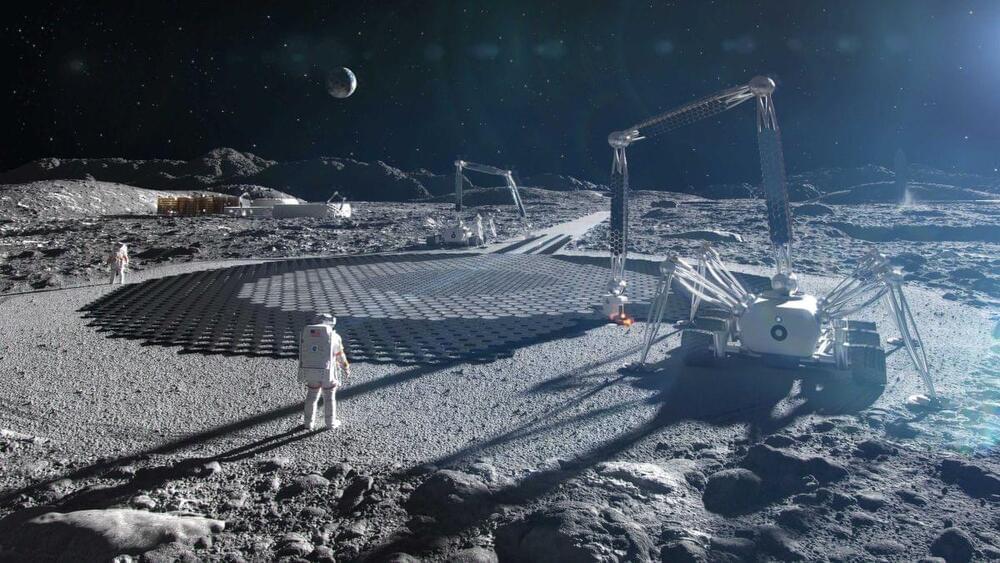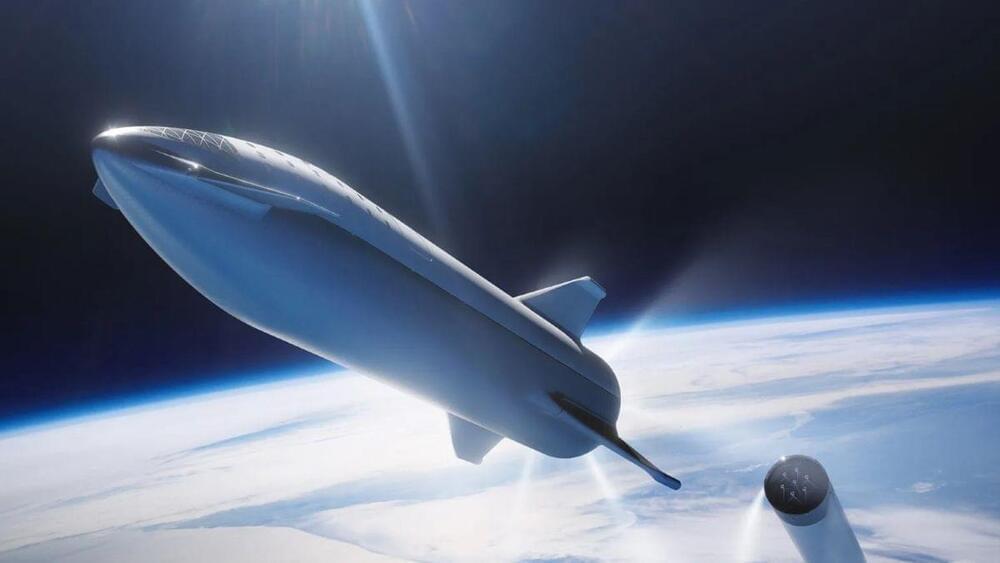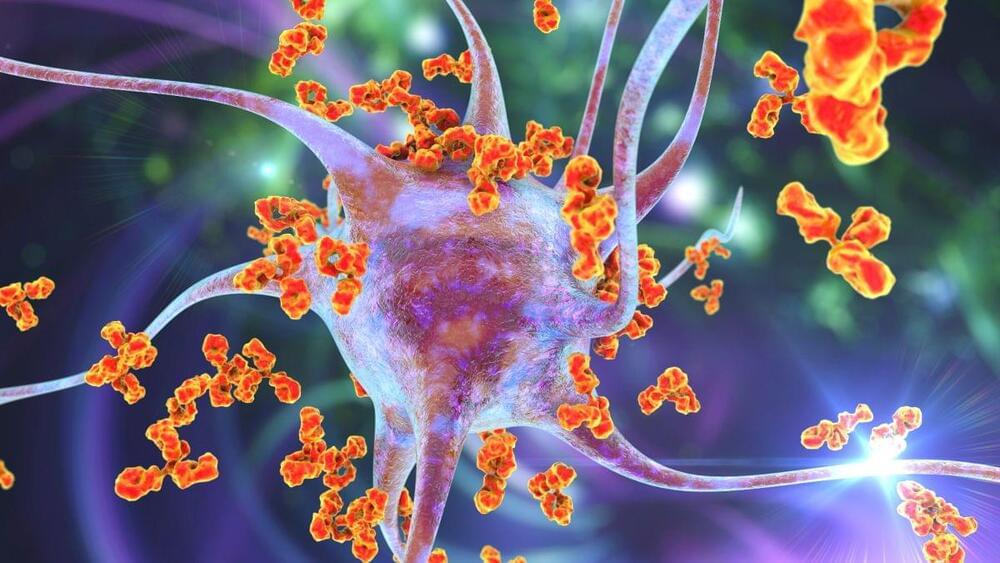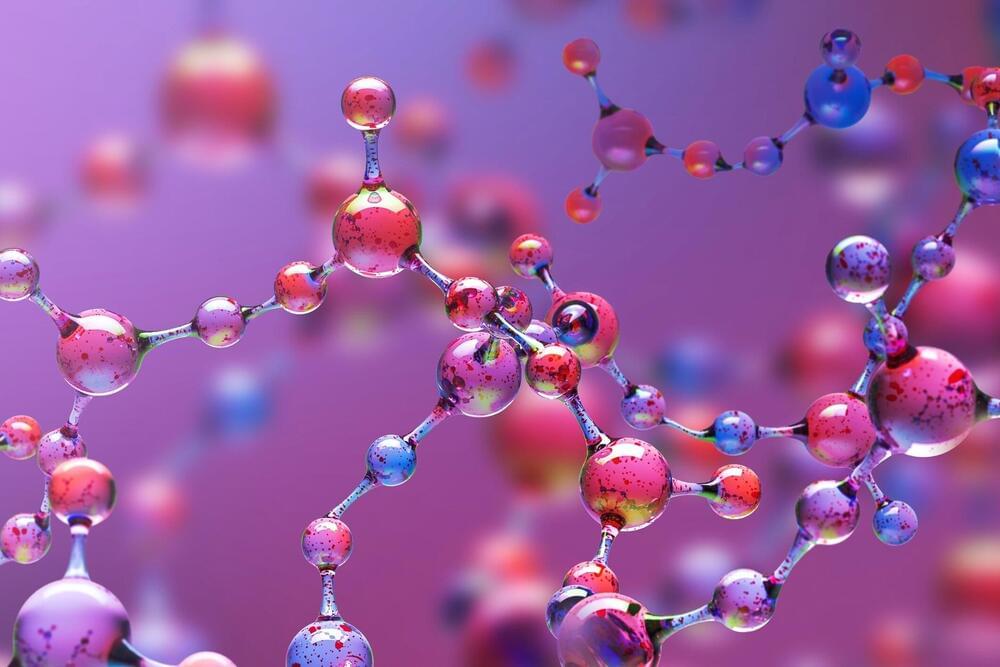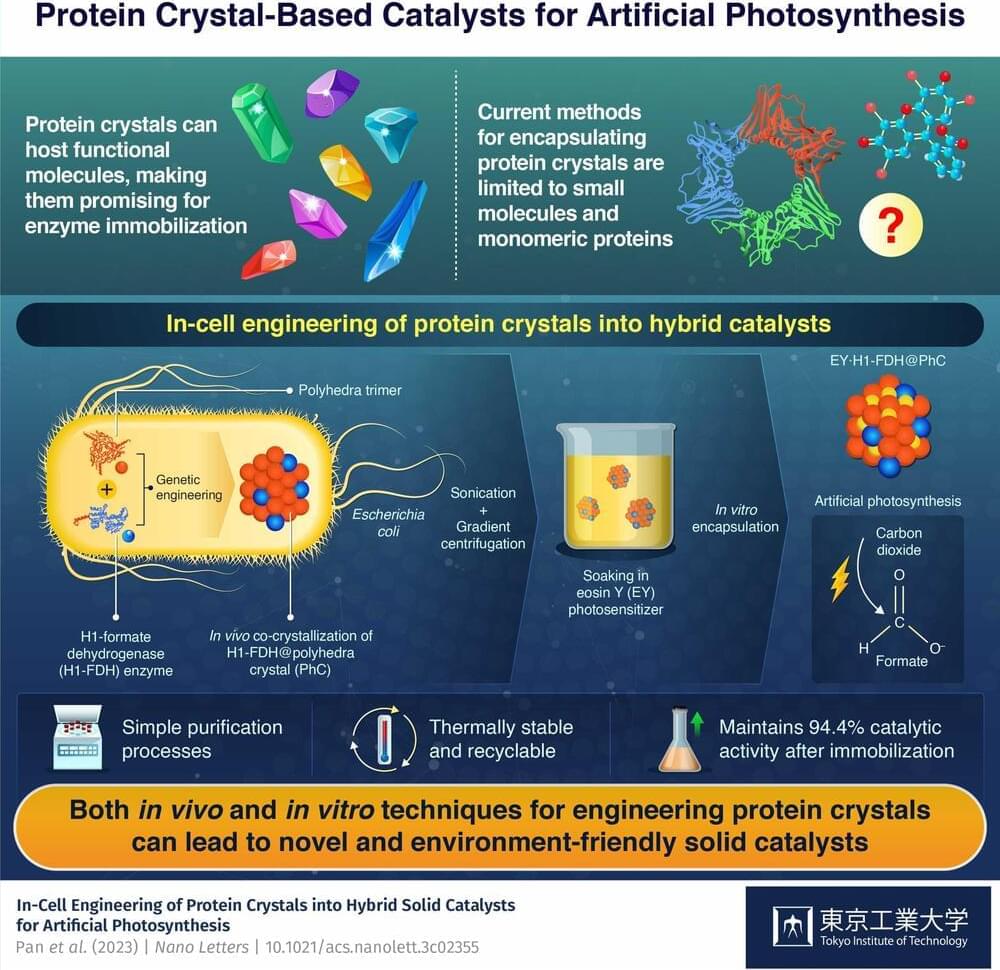A Google-backed startup has successfully tested an enhanced geothermal system that could harness Earth’s inner heat to generate clean electricity anywhere, anytime — and they built it, ironically, with technology perfected by the oil industry.
The challenge: Geothermal power plants take advantage of the heat radiating from deep inside the Earth to create electricity. Usually, this is done by drilling wells down to natural underground reservoirs of hot water and using that steam to spin electric turbines.
This is a clean, reliable source of energy, but it is hard to scale. The need to build geothermal plants near existing hydrothermal reservoirs, which are relatively rare, limits its use to a handful of places — today, geothermal supplies just 0.4% of the US’s utility-scale electricity.

